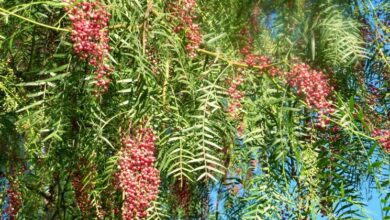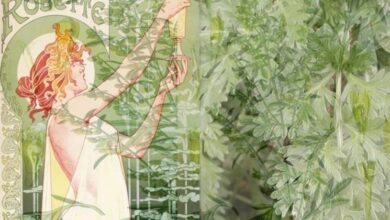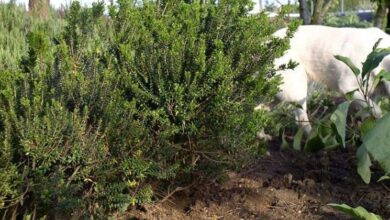Piperna
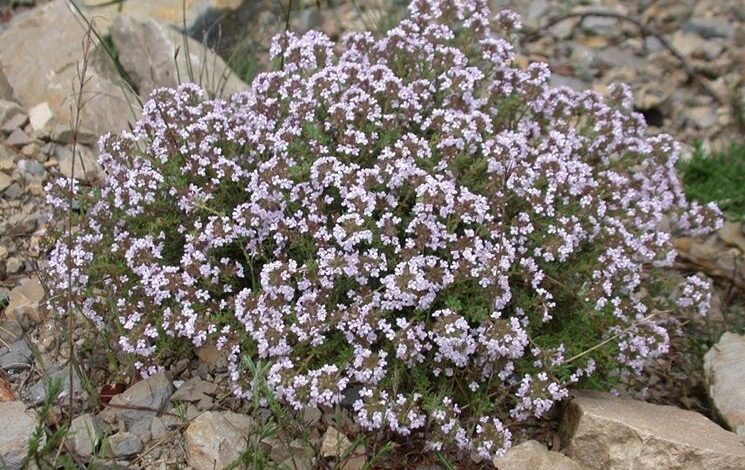
How much to water
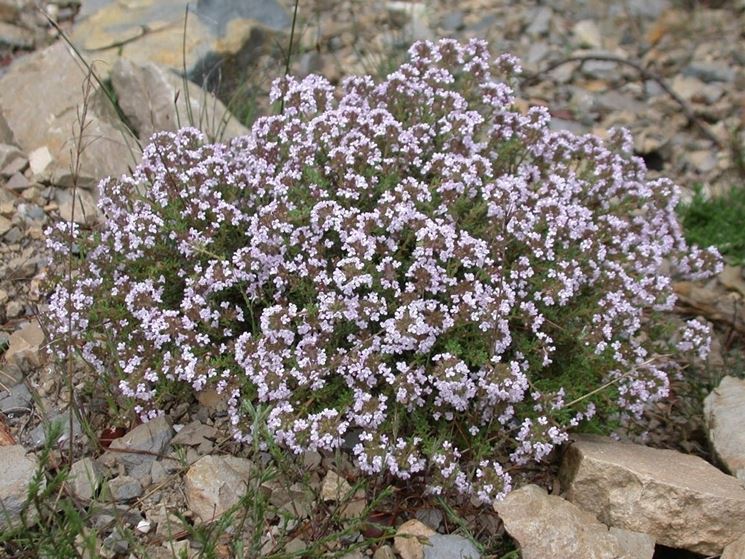
How to cultivate
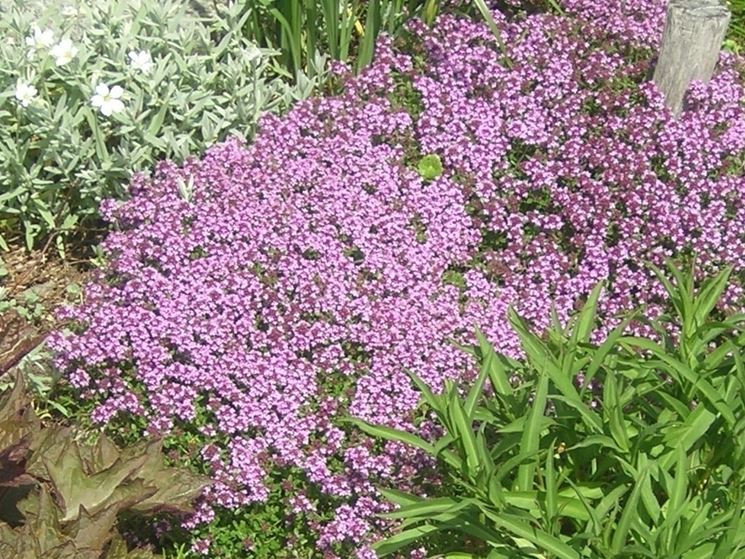
The Pepolino likes a very drained soil with little limestone, although it is not particularly demanding and develops spontaneously a little everywhere. To make it thrive all year round, you need a dry substrate that lets the water run off without ever getting soggy, otherwise the roots will rot. The Piperna blooms from April to July and in this period the watering must be increased by adding a little fertilizer. The flowers are white or pink and contain small seeds that can be collected to propagate it. This creeping threadlike plant reaches 70 cm in height with thin stems covered with fragrant leaves and a characteristic and slightly spicy flavor. It is grown both for cooking and for therapeutic purposes. Piperna is commonly called wild thyme and in spring it can be found in large quantities in the countryside and it is common to go and harvest it. To make it thrive well, no special precautions are required, it is usually planted in some areas of the garden also for ornamental purposes and it is sufficient to water it just enough, administering a little fertilizer in spring and summer.
How much and how to fertilize
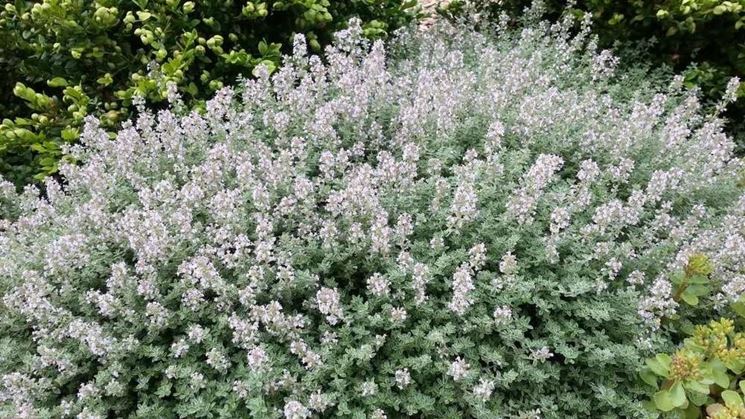
This wild plant would not need fertilizer because it has few needs and thrives in any soil that is not too calcareous. Those who cultivate it intensively use slow-release granular fertilizer at the beginning of spring, administering it every two months from March to October, or a liquid fertilizer, diluted in watering every 15 days. Using it there will be no need to extract the seeds to multiply the plant, because it will propagate itself and rapidly spread throughout the surrounding soil. If the Pepolino is found in a pot, a little fertilizer is necessary, but without exaggerating and exclusively during the warm months. When the plant grows it is necessary to change the pot and keep the soil with the necessary nutrients, changing it completely at each repotting. Every year it would be advisable to put new earth for at least 5 cm of depth. For garden cultivation this operation is not necessary, because the roots draw nourishment from the depths of the earth all year round. The fertilizer for green plants can be found in all Agraria shops, greenhouses and retailers well stocked with articles for plants, flowers and accessories.
Piperna: Diseases and cures
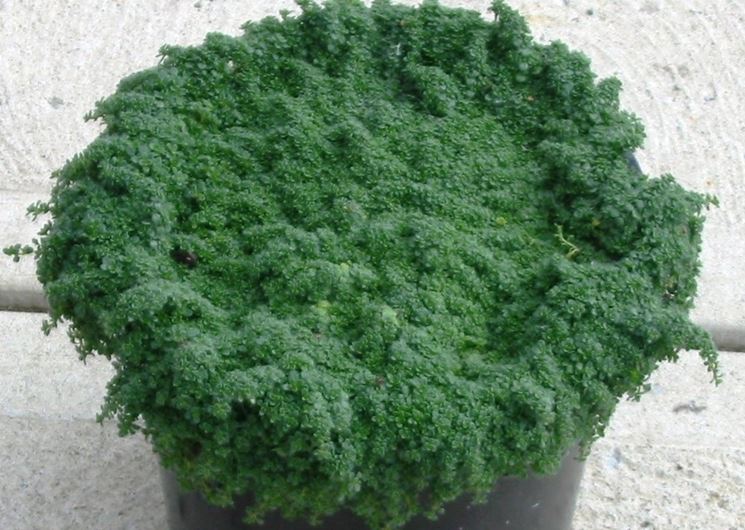
The diseases that afflict the Piperna are those that attack vegetable plants and, in case of infestation, it is necessary to intervene with the appropriate products. Fungal diseases and parasites that affect vegetables must be defeated in time and it is advisable to intervene with preventive treatments, regularly administering adequate products that are not very toxic and not harmful to human health. We must not forget that these plants will be eaten, therefore pesticides must not have any poisonous elements for the health of the plant and that of humans. Pesticides are copper-based, such as Bordolese, a mixture of sodium and copper that is effective against most parasites; sometimes sodium silicate, sulfur and copper oxychloride are used, able to eradicate parasites such as snails, mole cricket, cabbages, caterpillars, lice and aphids. These pesticides are also effective against fungi and have no side effects for human health. There are also biological pesticides on the market but they are less effective against some types of insects. You can make your own pesticides based on propolis, garlic, horsetail and nettle.

